Imagine a world where particles can seemingly defy the laws of physics, slipping through barriers as if they were mere illusions. This is not a scene from a sci-fi movie, but a fascinating reality in the realm of quantum mechanics. Quantum tunneling is a phenomenon that allows particles to pass through potential barriers, even when classical physics suggests they shouldn’t. This mind-bending concept has intrigued scientists and laypeople alike, offering a glimpse into the strange and mysterious world of quantum physics.
The Quantum World: A Dance of Possibilities
In the quantum world, particles behave in ways that defy our everyday experiences. Unlike the macroscopic objects we’re familiar with, particles like electrons and protons exist in a state of superposition, where they can be in multiple places at once. This dance of possibilities is governed by the probabilistic nature of quantum mechanics. Instead of following a single path, particles explore all potential routes, allowing them to occasionally “tunnel” through barriers. This behavior is akin to a ghost passing through walls, challenging our understanding of reality.
Understanding Potential Barriers
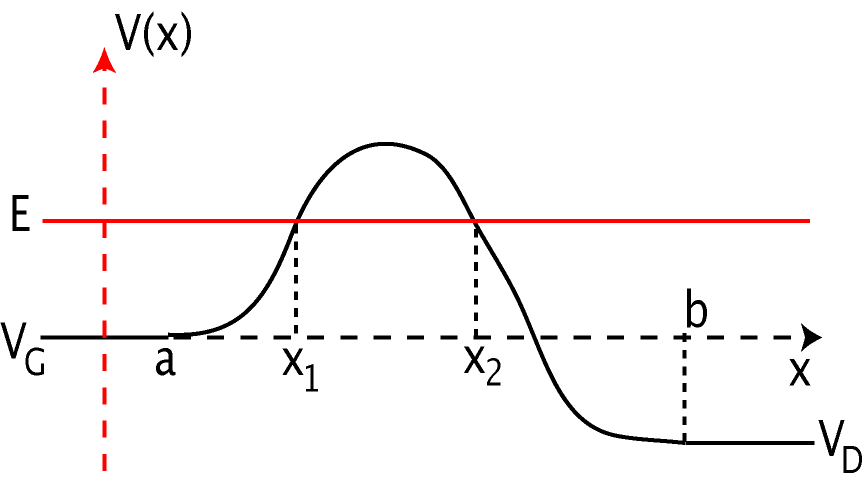
To grasp quantum tunneling, we must first understand potential barriers. In classical physics, a potential barrier is an obstacle that particles cannot overcome if they lack sufficient energy. Imagine a hill that a ball must roll over; if the ball doesn’t have enough energy, it simply rolls back down. However, in the quantum realm, particles possess a wave-like nature, allowing them to “borrow” energy from their surroundings and tunnel through barriers, even when their energy is insufficient. This phenomenon is a testament to the probabilistic nature of quantum mechanics, where certainty is replaced by possibility.
The Role of Quantum Tunneling in the Sun
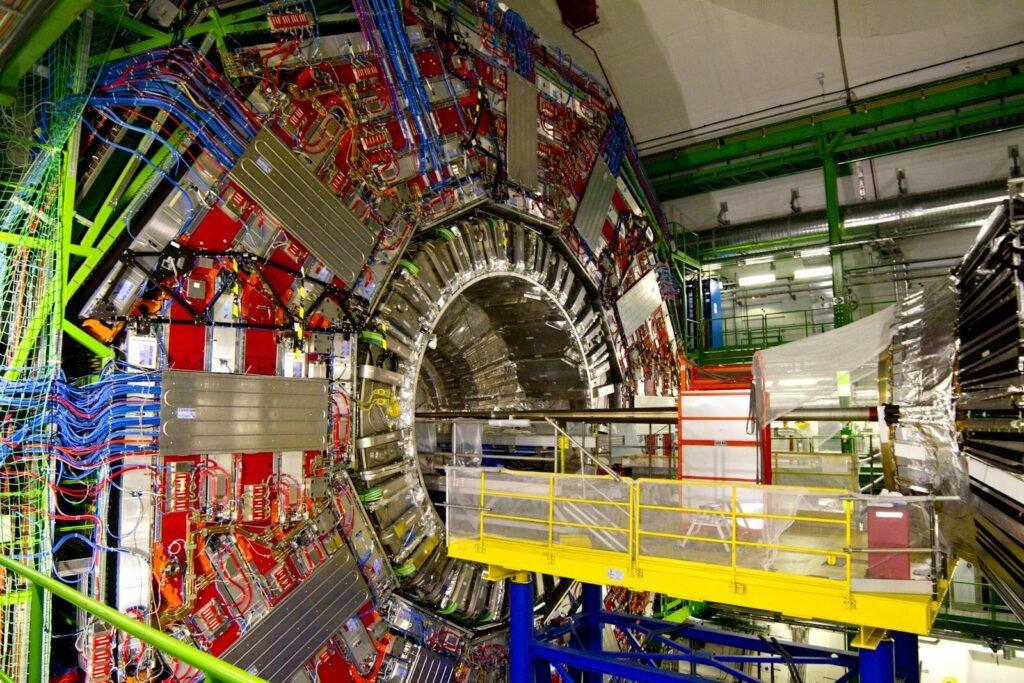
Quantum tunneling is not just a theoretical curiosity; it plays a crucial role in the universe. One of the most significant examples is in the core of the sun. The sun’s energy is produced through nuclear fusion, where hydrogen nuclei combine to form helium. However, the repulsive forces between positively charged protons should prevent this fusion. Thanks to quantum tunneling, protons can overcome these barriers and fuse, releasing the energy that powers our sun. Without this process, the sun wouldn’t shine, and life as we know it wouldn’t exist.
Quantum Tunneling in Modern Technology
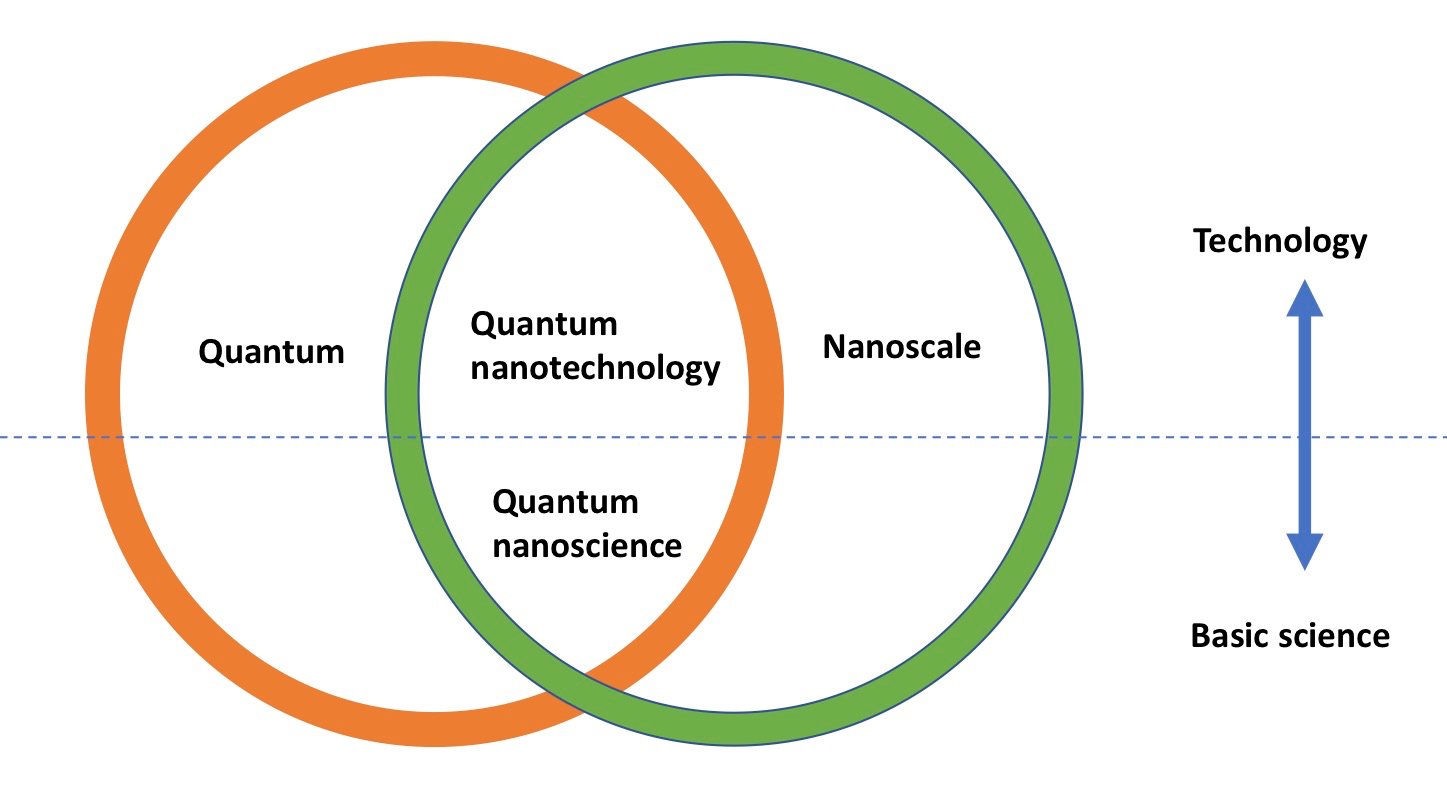
Beyond its cosmic significance, quantum tunneling has practical applications in modern technology. One notable example is the tunnel diode, a semiconductor device that exploits tunneling to achieve fast switching speeds. Tunnel diodes are used in high-frequency applications, such as microwave technology and oscillators. Additionally, quantum tunneling is a key principle behind the operation of scanning tunneling microscopes (STM), which allow scientists to visualize surfaces at the atomic level. These applications demonstrate how quantum tunneling is not just a theoretical concept but a driving force behind technological innovation.
The Uncertainty Principle: A Key Player

The Heisenberg Uncertainty Principle is a fundamental concept in quantum mechanics that plays a crucial role in tunneling. It states that certain pairs of properties, such as position and momentum, cannot be simultaneously measured with arbitrary precision. This inherent uncertainty allows particles to “borrow” energy temporarily, enabling them to tunnel through barriers. The uncertainty principle adds an element of unpredictability to the quantum world, where particles can defy classical expectations and explore forbidden territories.
Quantum Tunneling and Radioactive Decay

Radioactive decay is another area where quantum tunneling plays a vital role. In certain unstable atomic nuclei, particles like alpha particles are trapped by potential barriers. Despite being energetically unfavorable, these particles can tunnel through the barriers and escape, leading to radioactive decay. This process is responsible for the natural radioactivity observed in elements like uranium and radium. Quantum tunneling provides a window into the microcosmic processes that shape our world, from the decay of radioactive elements to the evolution of the universe.
Quantum Tunneling and Biological Processes
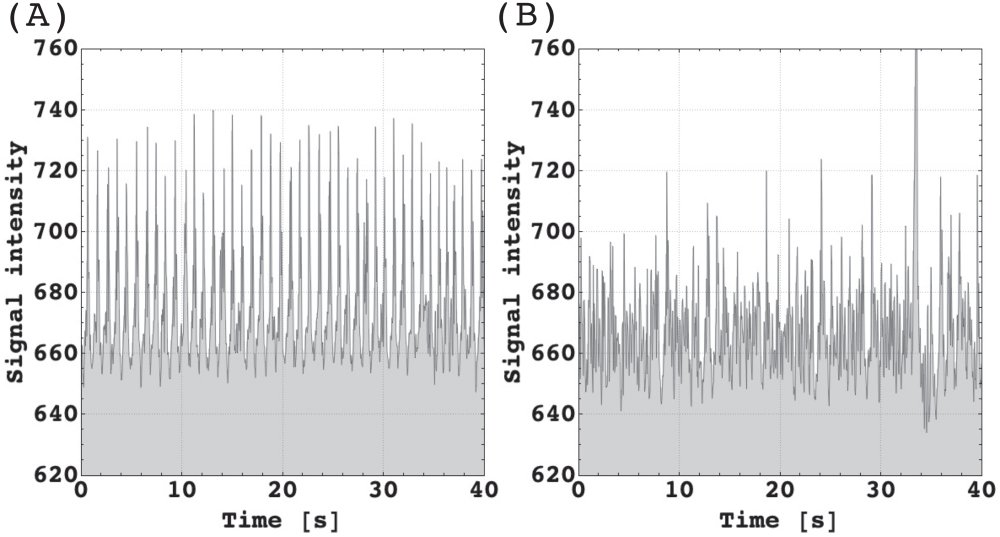
Intriguingly, quantum tunneling may also play a role in biological processes. Some researchers suggest that tunneling could be involved in enzyme reactions, where particles must overcome energy barriers to facilitate chemical transformations. While this area of research is still evolving, the possibility that quantum mechanics influences biological systems opens new avenues for understanding life at the molecular level. It challenges the notion that biology is purely classical and invites us to explore the quantum underpinnings of life.
The Philosophical Implications of Tunneling
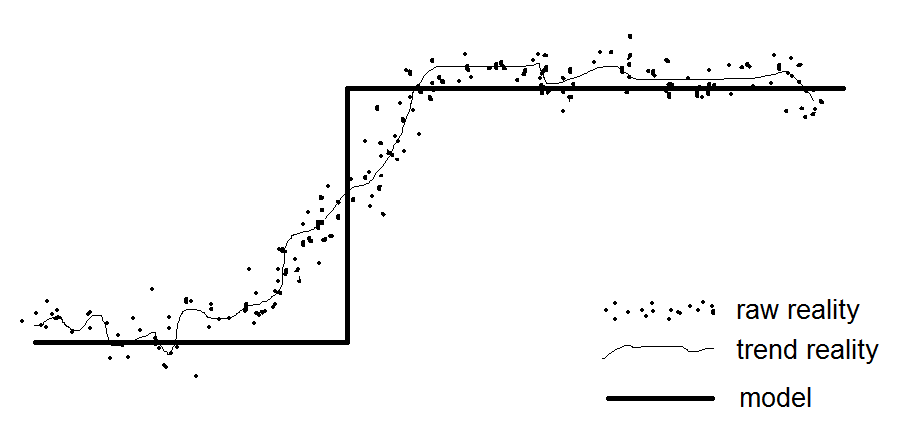
Quantum tunneling raises profound philosophical questions about the nature of reality. It challenges our classical intuitions and invites us to reconsider the boundaries between possibility and impossibility. If particles can tunnel through barriers, what does this mean for our understanding of the universe? Are there limits to what is possible, or is reality more fluid than we perceive? These questions inspire curiosity and wonder, encouraging us to explore the mysteries of the quantum world and our place within it.
Embracing the Quantum Enigma
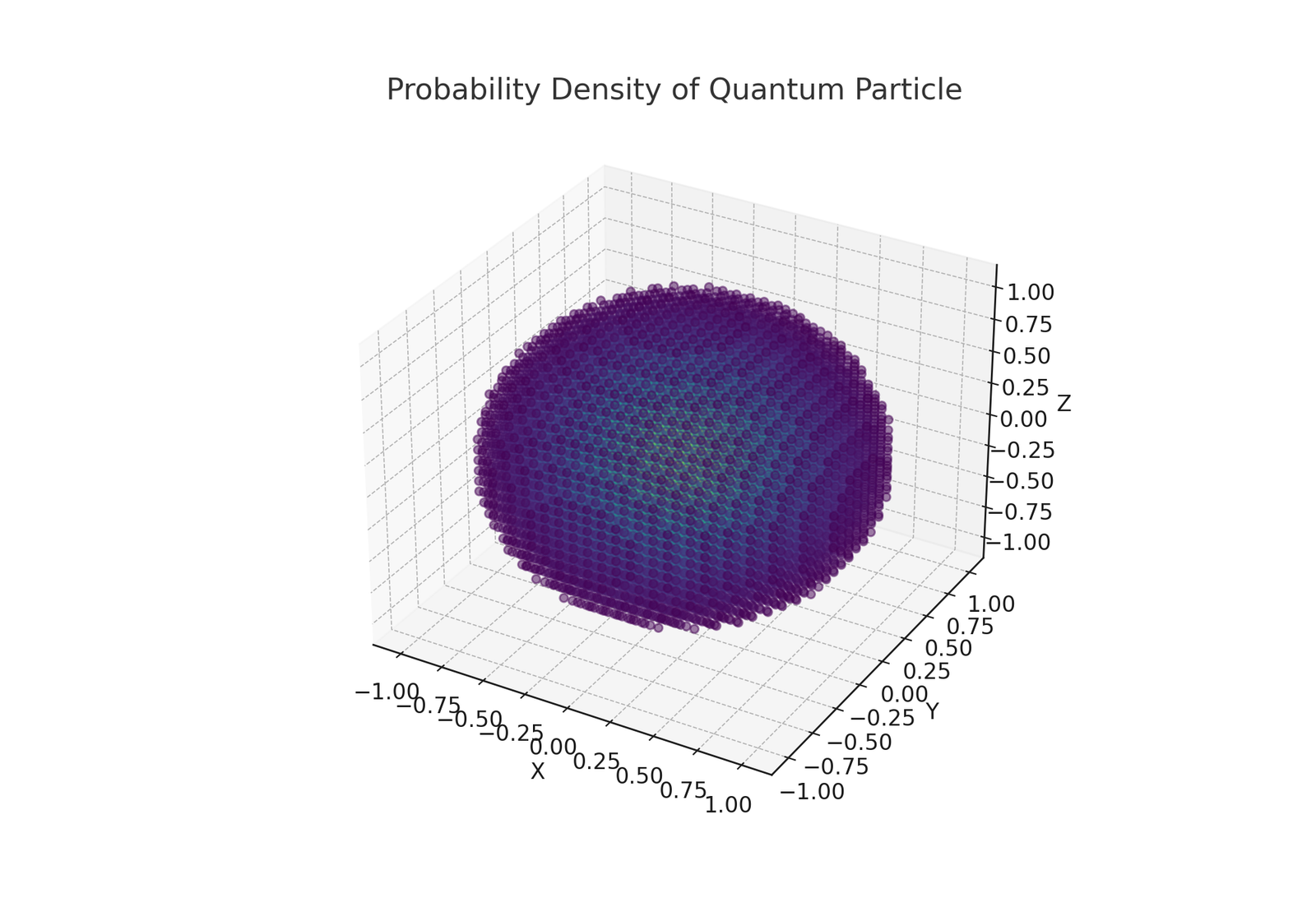
In conclusion, quantum tunneling is a captivating phenomenon that defies our classical understanding of physics. It allows particles to transcend barriers, powering the sun, enabling technological advancements, and potentially influencing biological processes. As we delve deeper into the quantum realm, we uncover a world of possibilities that challenge our perceptions and inspire awe. Quantum tunneling invites us to embrace the enigma of the quantum world, where certainty gives way to possibility, and particles dance through walls. What mysteries await us in the quantum realm, and how will they shape our understanding of the universe?


